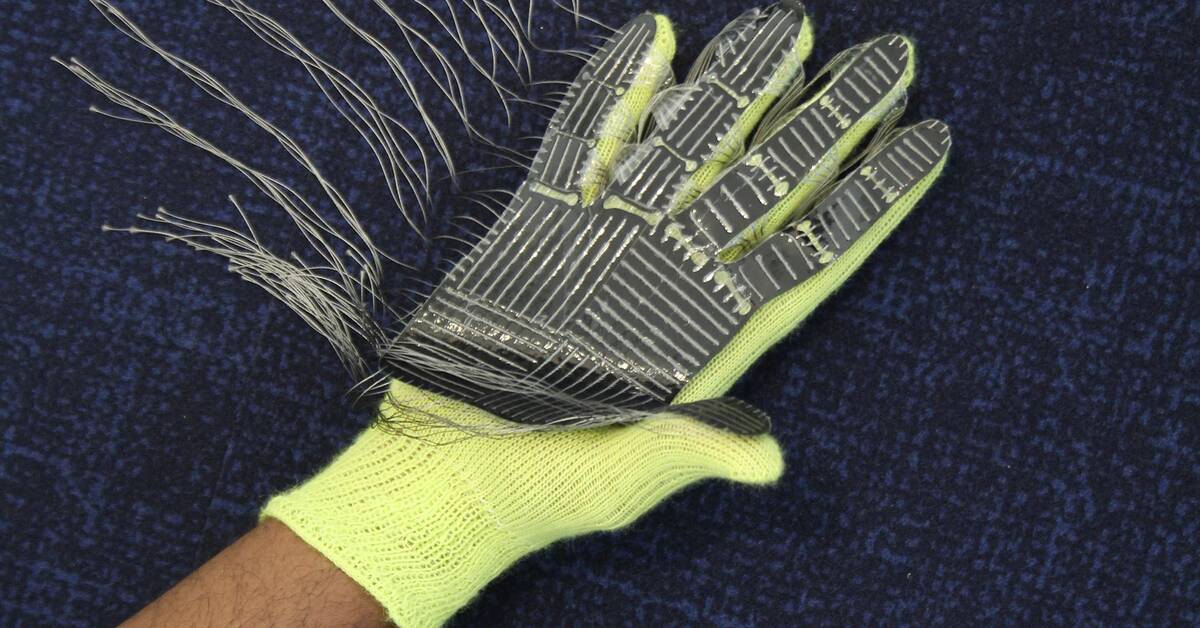Is it an egg or a golf ball?
For a human being, it is easy to perceive the difference with the hands even in total darkness.
Pressure-sensitive receivers in the skin help us identify the object and - which is important - hold it tight enough.
Robots are not as dexterous.
They usually recognize things using camcorders and then launch a pre-programmed series of movements to grasp the object.
Machine learning
In recent years, robots have become better at that art thanks to advances in image analysis and machine learning.
But in order to measure up to us humans, they need to learn more about how we perceive the world with our hands.
Now a group of researchers in the USA has developed a special glove with 548 pressure-sensitive sensors to map exactly how the human hand examines objects of various kinds.
A big step forward
In one experiment, subjects had to squeeze and feel a pair of scissors, a pencil, a stapler and another twenty or so different objects for a few minutes.
The glove was connected to a computer that learned to identify the objects only via signals from the pressure-sensitive sensors.
There have long been robots with hands that can feel pressure when they grip something.
Such a hand usually consists of a couple of opposing plates with a few dozen sensors, says Johannes Stork, robot researcher at Örebro University.
- So the new glove with 548 sensors is a big step forward, he says.
Cheap technology
He hopes that the technology will refine the robots' motor skills.
With the help of feedback from lots of sensors, they could become better at exploring things with their hands and changing grips when needed, which is almost impossible for today's robots.
An additional advantage is that the glove is cheap.
The researchers behind the technology write in Nature that they have pushed the price to a hundred bucks.
The study is published in the journal Nature.

